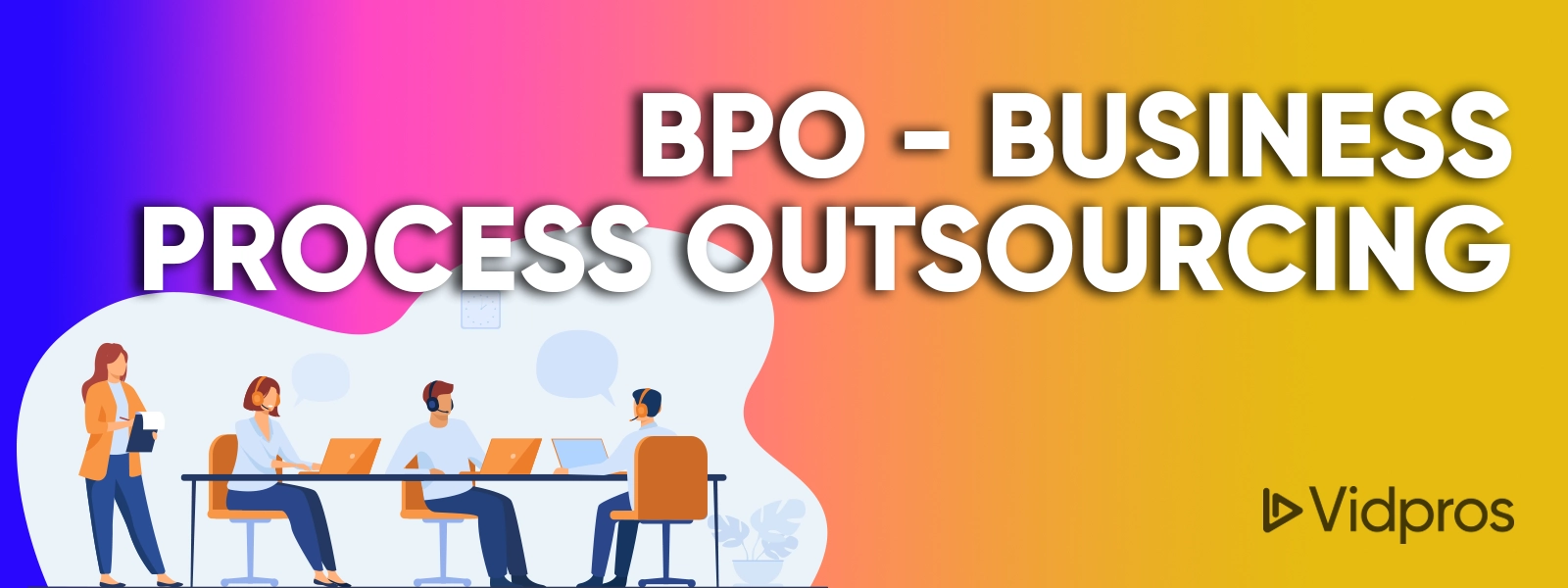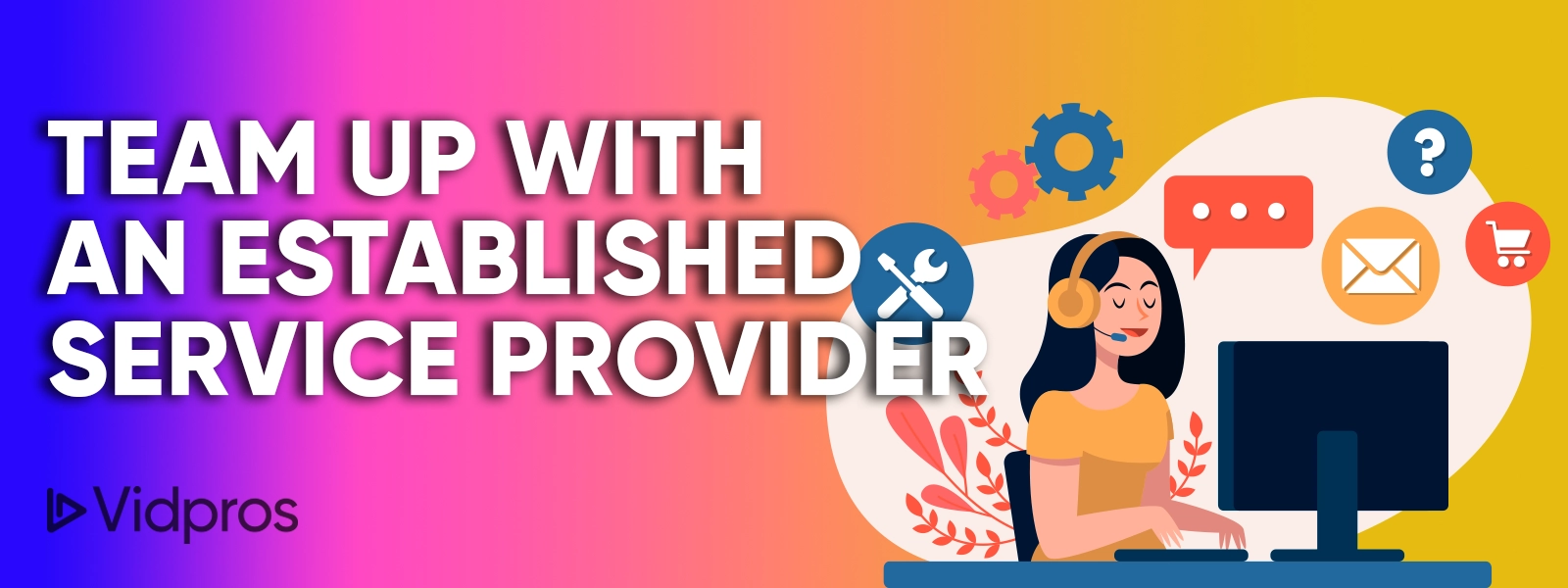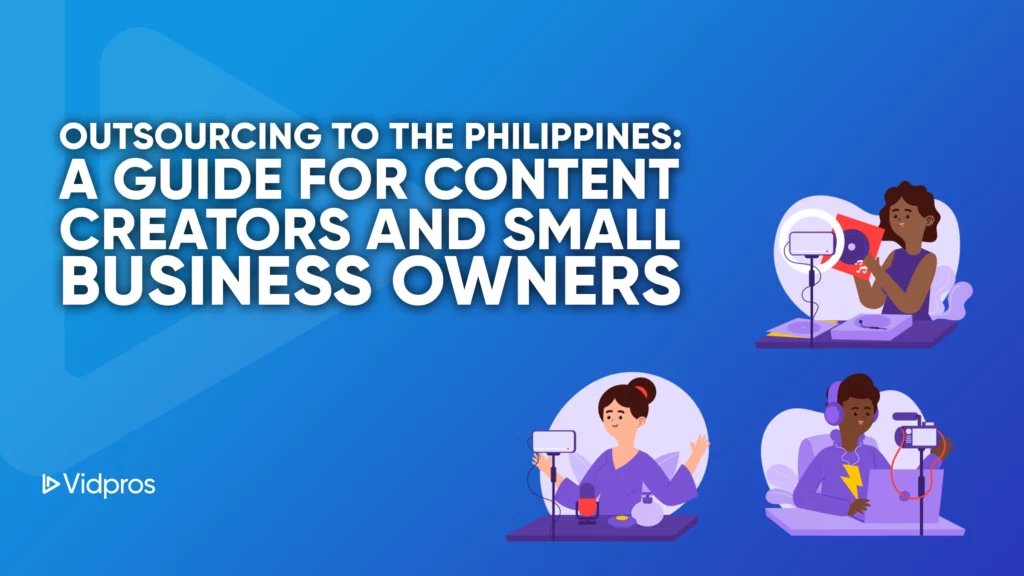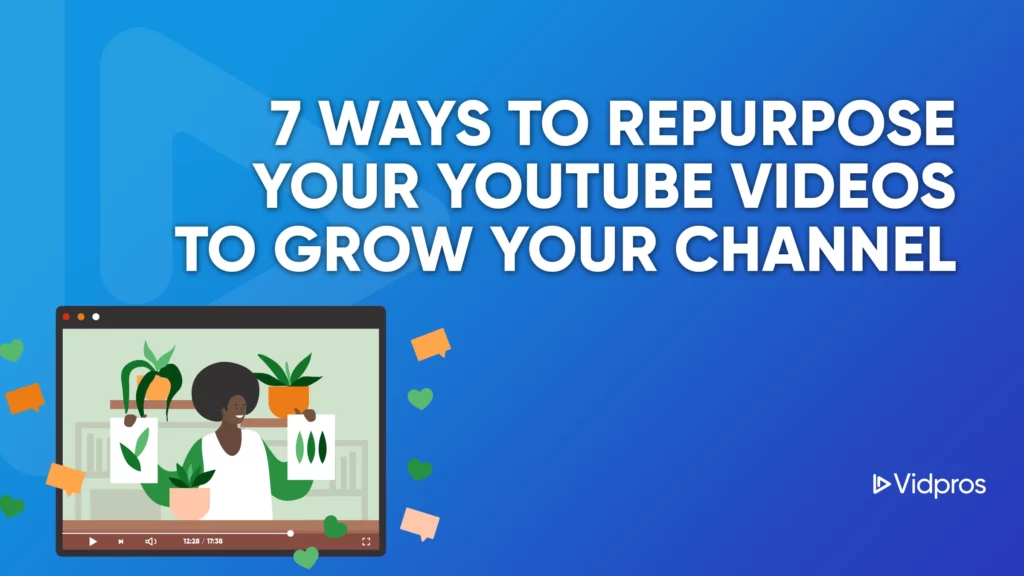Do you want high-quality and affordable staff to take pressure off you so you can focus on the right tasks and grow your business?
Whether you want to scale and grow revenue, or you just wanna work less and live a shorter workweek – outsourcing to the Philippines could be the move that changes your life.
We should know – it’s what we did to build Vidpros into the leading fractional video editing service it is today. And now we want to share our expertise with you, so you can take your business to the next level, too.
By the end of this guide, you’ll be armed and dangerous, loaded with insider knowledge. We cover:
- Why foreign companies love outsourcing to the Philippines (and why we do, too)
- The steps you can follow to hire your first Filipino superstar
- And proven tips to keep them around for the long haul
Let’s dig in!
What’s With The Philippines?

You tell us. Why do you want to build an offshore team in the Philippines? The truth is offshore outsourcing usually starts with only one objective in mind.
It’s always about the money. Lower costs, raise margins, and scale faster to increase revenue. The Philippines’ cost of living is low, so labor is cheap by Western standards.
You can save roughly 60-70% on salary costs with a Filipino workforce. So, we aren’t talking about peanuts here. We’re talking about that deluxe cashew mix. You know, the one with 50% cashews and the Brazilian and macadamia nuts in there too.
But, there are a lot of countries with a low cost of living you could choose from. Places where workers line up for a chance at a decent living wage. So why do we recommend the Philippines? Because it offers so much more than just cost savings.
So why did we build our outsourced team in the Philippines?
Here are some of the highlights:
- English is an official language. Your workers will understand you, be able to communicate well, and can easily handle customer-facing roles
- Filipinos are exposed to foreign cultures – the language and cultural connection to the USA is really helpful.
- You get access to a highly tech-savvy and skilled workforce with a service-oriented mindset
- It’s a very young population – the average age in the Philippines is 23 years old
- Filipinos work hard, are resourceful, loyal, and if you let them – they can learn to replace you. They can learn to run most areas of your business better than you can
- Many Filipinos are willing to work in your time zone
- The Philippine government made changes in 2022 to support foreign investment
For these reasons and more, the Philippines is one of the top countries to build offshore teams or outsource BPO services globally.
BPO Fast Talk – Business Process Outsourcing
The BPO industry in the Philippines has exploded in recent years, with an estimated 1.3 Million Filipinos working for BPO companies in 2023.
What exactly is BPO?

Simply put, you hire outsourcing providers to subcontract specific business functions, usually to save money. BPO outsourcing companies provide business solutions ranging from front-of-house customer service operations like call centers to back-of-house functions like IT, accounting, or payroll.
You can think of it like this…
Do you have a call center in the United States? Well, if you want to save money, you can hire a BPO services provider like Accenture. They already have office space paid for, furnished, and stocked with staff in the Philippines. You can outsource your call center to them and pay a contracted rate for their full service.
Don’t worry too much about this right now. Unless you currently have a large multinational company or have plans to become one, it’s not the best option for small businesses. We just wanted to introduce the topic as it’s a big deal over there.
Outsourcing To The Philippines – Start Here

Once you’ve decided to outsource, it’s time to craft a plan. And the first thing to do is ask yourself a few questions so you’re clear on what you want.
What tasks do you want to outsource?
Step 1 is to figure out what skills you want to hire for. And from there, figure out how many people you require.
Do you want someone to take over your admin work? If you want someone to answer emails and organize your inbox, handle routine phone calls, post videos and social content, respond to comments, book appointments, enter data, perform simple bookkeeping, etc. Then a general virtual assistant is the most common first hire.
Or would you like specialized help in a specific area of your business? Maybe you want a graphic designer or a video editor to up your content game and free up your time.
Make a list of every task or skill you wish to outsource now and in the future. It pays to have a plan.
How many hours per week do you estimate it to take?
Next up, how many people do you need? You can start with an estimate of how many hours are required each week. This should be relatively easy to figure out if you’re currently doing the tasks.
In the beginning, expect a new hire to take longer to complete tasks you are experienced with. Do your best to fill in as many gaps as you can for your new hire – the quicker you make that person comfortable and have less questions going through their head, the quicker you are going to get working results.
Do you expect to grow?
It’s smart to plan for future growth. Let’s say you tallied up the hours each week, and it’s less than 40 hrs per person. Do you plan to grow your business? If you can afford the full-time hire, don’t worry if you only have 20-30 hours of work for them right now.
You can find other tasks for them or provide training to improve their skill set. If you treat your team well and pay them a great wage, they’ll reward you with long-term service. The more time and energy you invest in them, the more your business and bank account benefits in the long run.
Do you want to hire someone full-time, part-time, or on a per-project basis?
Alright, so what makes the most sense for you? If you only need help with one-off projects, you can find a freelancer each time. Or you can also find part-time or full-time help.
If you’re in this for the long run, full-time hires are the best way to go. You can train and invest in your Filipino team and allow them to grow with you. Plus, you get their full attention. There won’t be any conflicts with their time availability.
Let’s talk a little more about how you can structure your hires.
Your Outsourcing Options
There are three main options for you to consider as a content creator or small business owner.
- Use a job search marketplace to hire an independent contractor
- Hire a recruiter to find talent for you
- Use a 3rd party service provider who already has a local team
Let’s have a quick chat about each one.
Do It Yourself – Post A Job Ad

If you have the time and patience, you could score a great hire from local job boards or freelancer platforms like Upwork. We personally recommend onlinejobs.ph. Why? It’s where we found most of our incredible video editors.
Just be prepared to put some serious time in. Here’s our best advice after going through this process more times than we can count.
How To Hire From A Filipino Job Board

It all starts with a job post. Once you know exactly what you want, put a detailed job post on your chosen platform(s). What should you include?
- The tasks a candidate will be responsible for (is there room to grow?)
- What skills and experience level is required
- Length of contract – and estimated hours per week
- What timezone or hours do you want them to work
- Do candidates need to provide any of their own equipment or software? Be specific
- Salary range
Include anything that is mandatory or a deal breaker to hopefully filter out unqualified applicants.
Can you trust candidates to be completely honest when they apply?
No! If you only remember one thing from this article, let it be the need to do your due diligence. You gotta test candidates for the skills you want to hire for.
Can we be real for a moment? As in any nation, many job seekers struggle financially and are desperate for work. They can “oversell” themselves and their capabilities to try and land a job. And then they try to fumble through and keep their neck off the block.
So what can you do to feel confident about a hire?
Give your shortlisted candidates a test. Create a standardized test that closely mimics real-life working conditions. If possible, test them all simultaneously and run the test “live.” Meaning, give them a deadline to see how they work under time pressure.
You can also ask for a paid trial period for 2-3 top candidates and assess them for a week or so.
Any questions that came up reveal a goldmine of information. You get to observe how each candidate handles uncertainty and how they communicate. So give them the green light to fire away.
The Interview

Naturally, you also want to interview your top prospects. Every role has different requirements, but we recommend you build off the following:
- Do they work with any other companies?
- How many hours are they available each week?
- When can they start?
- Do they have a reliable computer and internet connection? Ask for proof with screenshots
- Do they have the required tools or software?
The interview is a great place to get a feel for who they are as a person, too. It’s worth it to spend a little extra time to get to know them.
- What do they like to do in their spare time?
- What are their favorite books/podcasts/tv shows?
- How do they like to receive feedback?
- What’s their dream scenario professionally? Where do they want to be in 5 years?
And definitely let them ask you questions at the end, too.
Now, let’s move on to your second option and chat about recruiters.
Hire A Recruiter To Bring Quality Talent To You

It’s a lot of legwork to find candidates on your own. Do you want a shortcut? You could pay a recruiter to do it for you.
How much help do you want? You could find a recruiter to bring vetted candidates to you, and you take over from there. Or they can handle the entire hiring process. They can conduct interviews, run skills tests, and present you with 2 or 3 suitable candidates for you to choose from.
Fees can vary substantially too. Some charge an upfront cost per employee before they begin the process. Others charge a one-time fee of 10-20% of a candidate’s yearly salary when you hire them. And some charge an ongoing monthly fee based on a percentage of your worker’s monthly salary.
Working with a recruiter is a much more expensive option, and it’s usually in their interest to find workers at a higher salary. But convenience always comes at a premium, and you could end up with great local talent for minimal effort.
Team Up With An Established Service Provider

There’s one final intriguing option for your consideration. If you want a specific skill set, why not partner with a local agency with a team in place?
You get the benefit of local and affordable talent with a track record of success (they are already employed). And you get to pass on all the headaches when you hire and manage employees independently.
For example, if you want graphic design help – you can hire a Filipino graphic design agency for specific projects or for a monthly fee.
If you want bookkeeping help, team up with a local bookkeeping agency.
And if you want help to edit your videos? Partner with a leading video editing service, like Vidpros.
You gain access to highly skilled Filipino workers at affordable local rates. And all the hard work is done for you.
No matter which adventure you choose, we have some pro tips to share so you can bring new team members on board the right way.
Top Tips For A Successful Hire

Use our experience to keep quality hires happy and loyal over the long run.
Set Clear Expectations
Be upfront and clear about what you want. This includes work hours, tasks you expect them to complete, if you require daily progress reports, and when/how/where you want to communicate.
How can they ask you questions? Do you want to use Slack? How fast do you expect them to turn around projects or tasks? Do you expect them to be available for overtime? Is there a probation period and do they get performance reviews?
Get it all out in the open from the start. And encourage prospects to ask questions or bring up any concerns immediately. You need to learn how to work with them, too.
How Do You Pay?
This is the most important part for your new hire. Make sure everything is crystal clear, and address any concerns they have.
Many Filipinos have been burned by working for long periods and never getting paid for their efforts. If you can pay them weekly, at least to start – it will do wonders to build trust.
If you pay monthly, or even worse after 45 days – what do you think their mental state will be like as time passes? Are they going to be fully focused on the task at hand? Or will they stress about whether or not they will be paid and the disaster it could cause in their life?
If you pay with Paypal or any other service that takes a cut out of their wages, be upfront so it’s not a surprise on their first payday.
Put It In Writing
Ultimately, if you don’t have a legally registered business in the Philippines, you don’t have much of a legal leg to stand on. But it’s always a best practice to put all terms and conditions into a contract and have both parties sign it. If nothing else, you can point to it as the original agreement if concerns over scope or terms spring up.
How Do You Welcome New Hires?
It pays to develop a clear strategy to onboard new hires and welcome them into your culture.
Treat them like a new client. You want to impress them and make them feel special. They should feel they picked the right place to work and that you are organized and capable (even if you don’t feel the same way!).
This ties into setting clear expectations. Share your vision for the first few weeks or months. And outline any training you want them to take.
What if this is your first hire, and you don’t yet have a company culture?
The culture starts with you. Create an identity around the culture you would want to join and do your best to kick it off with your first hire.
They Are A Human Being
So treat them like one. They have feelings, fears, hopes, desires, goals and insecurities – just like you. So take the time to get to know them and make them feel like a welcome and cherished part of your team or family. They are more likely to stick around and help you achieve your goals when you do.
When you find a great team member, invest to build them up and help them grow. Filipino culture isn’t as entrepreneurial as others, so the risk they leave you to start their own business isn’t as high as in other countries.
Be Patient
Don’t expect them to be perfect right off the hop. They won’t be. Have you ever started a job and instantly been the best employee from day one? Probably not.
Give ongoing feedback, and constantly teach them how you want things done. We recommend you use a tool like Loom to give video feedback. It’s a game changer compared to having back-and-forth email or Slack conversations. Instead of trying to explain it in words, share a video of your screen and walk them through it.
Give them instructions and let them do their best and bring it back to you. You should expect to go through at least a few rounds of revisions until they nail it.
Where Can You Go From Here?
Outsourcing to another country can be really complex. Each country has its own legal requirements and cultural differences. The best thing you can do is contact and work with local employment lawyers to ensure compliance with all laws.
As an outsourcing destination, the Philippines is hard to beat. Filipinos get Western culture, speak great English, and you can pay them generously for a fraction of the cost back home.
To learn more about the outsourcing industry in the Philippines, check out our article “Why you should outsource to the Philippines” for more info.
Have you considered outsourcing your video editing? Here are some great reads if you want to learn more.
How to hire a video editor in the Philippines
How to grow your YouTube channel fast with fractional video editing
Video editor interview questions
Cheers!












